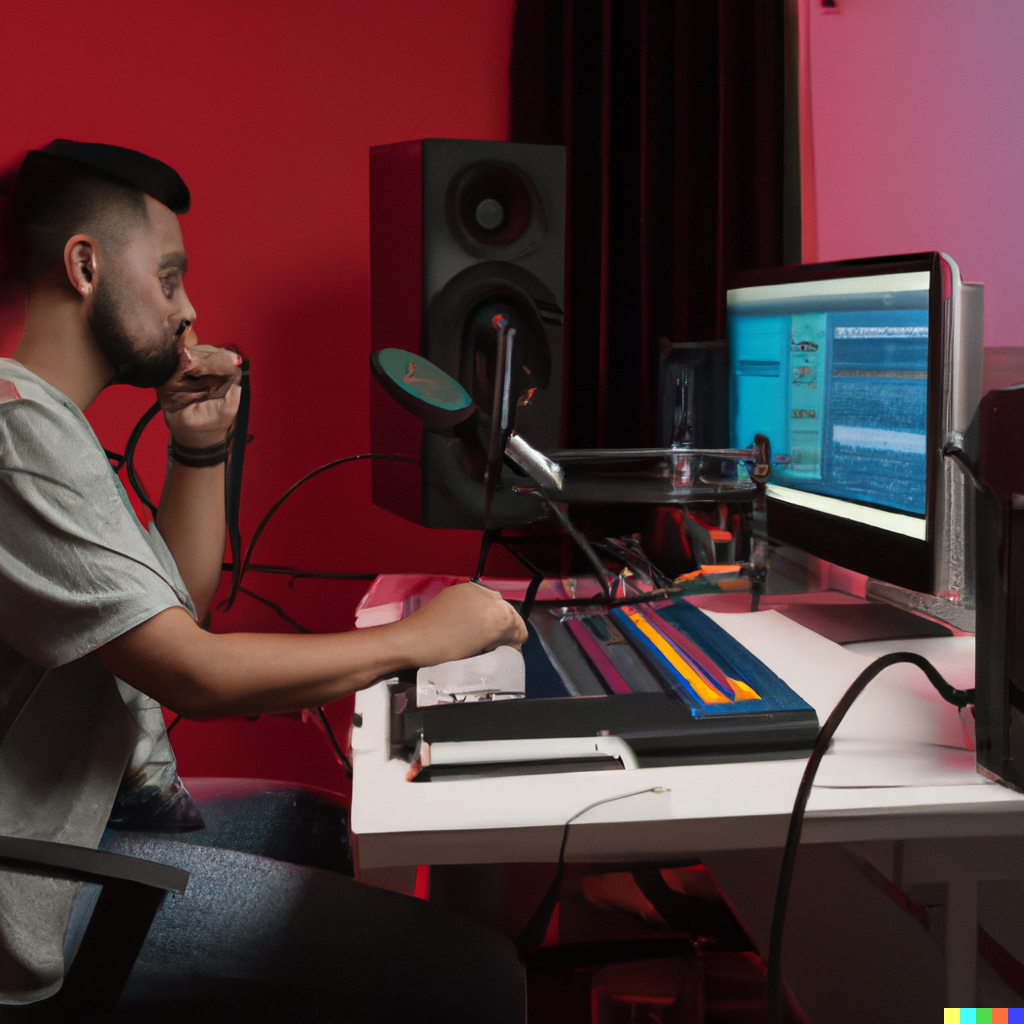Music Production Techniques for Better Sound Quality
Music production is an art and a science that requires knowledge, creativity, and technical skills. To produce high-quality music, a music producer needs to understand various production techniques that can help achieve a better sound quality. In this article, we will explore some of the most effective music production techniques for better sound quality.
Understanding Acoustics
The first step to achieving better sound quality in music production is to understand acoustics. Acoustics refers to the science of sound and how it behaves in different environments. To produce high-quality music, you need to create an ideal acoustic environment that minimizes external sound reflections and maximizes sound absorption.
Room Treatment
Room treatment involves adding acoustic panels to walls, ceilings, and floors to reduce unwanted sound reflections. The panels absorb sound waves, resulting in a more controlled and balanced sound.
Speaker Placement
Speaker placement is crucial in music production. Speakers should be placed at an equal distance from the listener’s ears and positioned at an angle to create a triangle with the listener.
Bass Traps
Bass traps are acoustic panels designed to absorb low-frequency sound waves. They are placed in corners to reduce bass buildup and improve overall sound quality.
EQ and Compression
Equalization (EQ) and compression are two essential tools in music production that help achieve better sound quality.
EQ
EQ is used to adjust the balance between different frequencies in a sound. It can be used to cut or boost specific frequencies to create a more balanced sound.
Compression
Compression is used to control the dynamic range of a sound. It can be used to reduce the volume of loud sounds and increase the volume of quiet sounds, resulting in a more consistent sound.
Sampling and Synthesis
Sampling and synthesis are two techniques used in music production to create unique sounds and textures.
Sampling
Sampling involves taking a portion of an existing sound and using it in a new context. It can be used to create new melodies or rhythms from existing recordings.
Synthesis
Synthesis involves creating sounds from scratch using software or hardware synthesizers. It can be used to create unique sounds that cannot be achieved with traditional instruments.
Mixing and Mastering
Mixing and mastering are the final stages in music production that help achieve a polished and professional sound.
Mixing
Mixing involves balancing the levels of different sounds and adding effects such as reverb and delay. It can be used to create a stereo image that places sounds in different locations in the listener’s head.
Mastering
Mastering involves finalizing the mix and preparing it for distribution. It can be used to adjust the overall EQ and compression of the mix and to ensure that it sounds good on different playback systems.
Conclusion
Music production is a complex process that requires a combination of creativity and technical skills. By understanding the various production techniques discussed in this article, music producers can achieve a better sound quality in their productions.
FAQs
- What is the difference between mixing and mastering in music production? Mixing involves balancing the levels of different sounds and adding effects, while mastering involves finalizing the mix and preparing it for distribution.
- What is EQ in music production? EQ is used to adjust the balance between different frequencies in a sound.
- What are bass traps in music production? Bass traps are acoustic panels designed to absorb low-frequency sound waves to reduce bass buildup and improve overall sound quality.
- What is synthesis in music production? Synthesis involves creating sounds from scratch using software or hardware synthesizers.
- What is sampling in music production? Sampling involves taking a portion of an existing sound and using it in a new context.

Leave a Reply